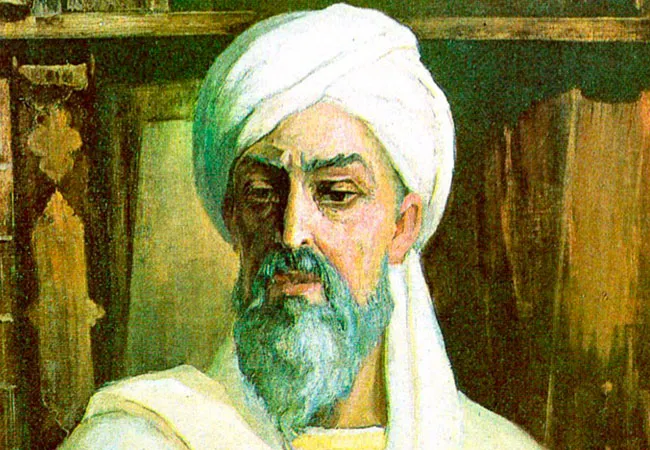For example, he explained the difference between skin rash and leprosy, distinguished the symptoms of pleurisy and pneumonia, described in detail meningitis and stomach ulcers, which are still common among the population. In addition, he described diabetes, neurological and mental illnesses, their diagnosis and treatment methods.
"The Canon of Medicine" brought Ibn Sina unprecedented success and made him famous as a doctor all over the world. The scientist also made a significant contribution to pharmacology. Out of 396 plants he described, 165 are used in modern medical practice.
You can learn more about the topic in the book-album “Abu Ali Ibn Sina’s Manuscripts in the Libraries of Turkey” (Volume XXXVIII) in the series “Cultural Legacy of Uzbekistan”.
The main sponsor of the project is the oil service company Eriell-Group.

